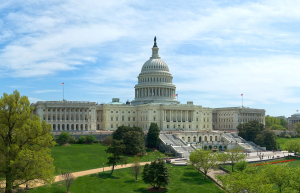
The Department of Homeland Security office responsible for coordinating policies and purchasing equipment to counter weapons of mass destruction and related chemical and biological threats lost its focus on assessing risks from nuclear and radiological threats to the homeland but is bringing that back and plans to expand these efforts, the acting head of the agency said last Friday. “We are bringing that back…and I want to expand it,” Gary Rasicot, acting assistant secretary for the Countering Weapons of Mass…

 By
By 











